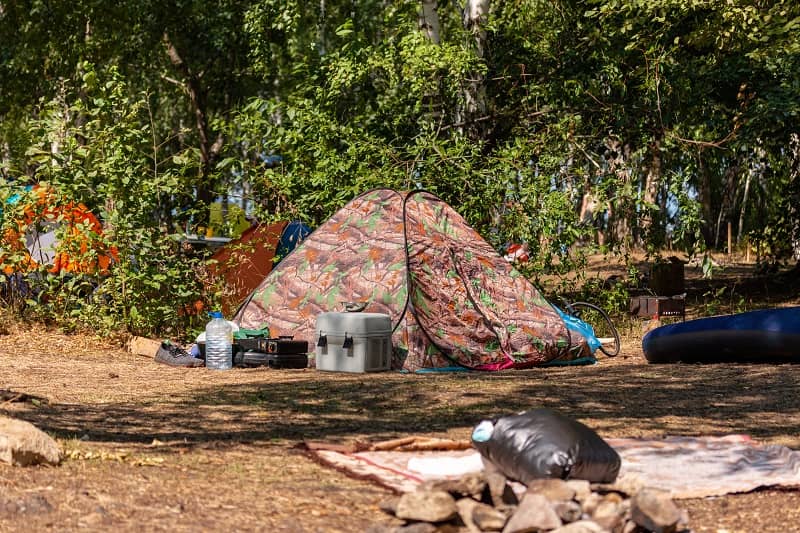by Karla Kay Edwards
The federal debt limit of $14.29 trillion dollars is projected to be reached between April 15 and May 16 this year. Many argue that the ceiling must be raised or the U.S. will begin to default on debts owed. Others believe the U.S. must cut costs and begin to live within our means. But the U.S. government is now spending three dollars for every two it brings in, so if Congress succeeds in cutting the proposed $100 billion out of the budget, it might relieve federal borrowing for a single month.
Stopping the bleeding of red ink requires a multipronged approach. First, we must have a balanced budget and stop deficit spending, which will require immediate and significant cuts. Second, for long-term budget stability there must be some curtailment of entitlement programs. Third, a strategy must be developed to reduce our debt, so current wants and needs are not a burden laid upon our children in the future.
This third area, debt retirement, has received relatively little attention. Debt retirement through the liquidation of assets is seldom regarded as an opportunity to successfully get this country back on solid financial footing, but it is viable. The U.S. owns many assets that could be liquidated for these purposes, but none is as obvious as the vast 653 million acres of public lands. This equates to 28.7% of the 2.27 billion acres of land in the U.S. Most of these lands are heavily concentrated in just 12 western states, one of which is Oregon. Fifty-three percent of our 63 million acres are owned by the federal government.
The Founding Fathers used land acquisition and disposal as one of the main tools to finance the early beginnings of our country. In October 1780 the Continental Congress adopted the policy that lands owned by the federal government were to be “disposed of for the common benefit of the United States.” This fundamental policy was in place until the passage of the Taylor Grazing Act of 1934, which for the first time gave direct authority for federal management of these public lands. Congress on occasion had reserved lands for national parks, forests and wildlife refuges before 1934. It wasn’t until 1976 that Congress formally declared that remaining public lands would be retained in federal ownership through the passage of the Federal Land Policy and Management Act.
Throughout the world there has been recognition that new strategies must be adopted to pull out of the economic crisis the world has faced since 2007. England recently proposed to liquidate a portion of their federal forest holdings, generating an estimated £100 million (or an estimated 162 million U.S. dollars). Over the next decade they are also making a fundamental shift in the management regime of these lands, moving away from federal management of resources and toward a combination of private and not-for-profit management systems while protecting public access to most of these lands.
Returning to the original concepts of federal land ownership would make huge strides in the retirement of the national debt. In addition, throughout the West there would be great opportunities for private investment in lands that contain vast renewable resources ranging from timber to natural gas. When considering the liquidation of public lands, many citizens immediately reject the idea, often pointing to our amazing National Park System. However, a Cato analysis concluded the federal government often fails to meet citizen expectations in terms of both environmental conservation and revenue generation on public lands. The study recommends an innovative and politically feasible blueprint for the divesture of public lands, which takes all of these and many other concerns into consideration and delivers a plan that is beneficial to all citizens.
Oregon specifically would benefit greatly from the liquidation of federal lands. As an example, a recent proposal to sell 1.2 million acres of forested O&C lands in Oregon potentially would generate $6 billion in the direct sale of the land. The greatest benefit would be the significant increase of new family-wage jobs and the stimulus to the economy. If Oregon merely returned to the federal timber harvest levels of the 1980s (approximately four billion board feet annually), it could create approximately 64,000 additional jobs. Unfortunately, returning to this level of harvest is only likely if these lands are put into private ownership, which can better manage sustainable harvest regimes.
Our national debt has doubled since 2004, and Congress has raised the debt ceiling more than 40 times since 1980. It is time Americans demand that Congress begin to live within our means. The budget must be balanced. The cost of entitlement programs no longer can be pushed off to the future. And, we must immediately begin to liquidate public lands and other federal assets to reduce our national debt. The national debt is our responsibility and must not become a liability for our children in the future.
Karla Kay Edwards is Rural Policy Analyst at Cascade Policy Institute, Oregon’s free market public policy research organization. She has held positions of leadership in numerous organizations focusing on agricultural and rural industries and issues, including the Fresno (California) Farm Bureau, Washington Cattlemen’s Association and the Oregon Department of Agriculture.











